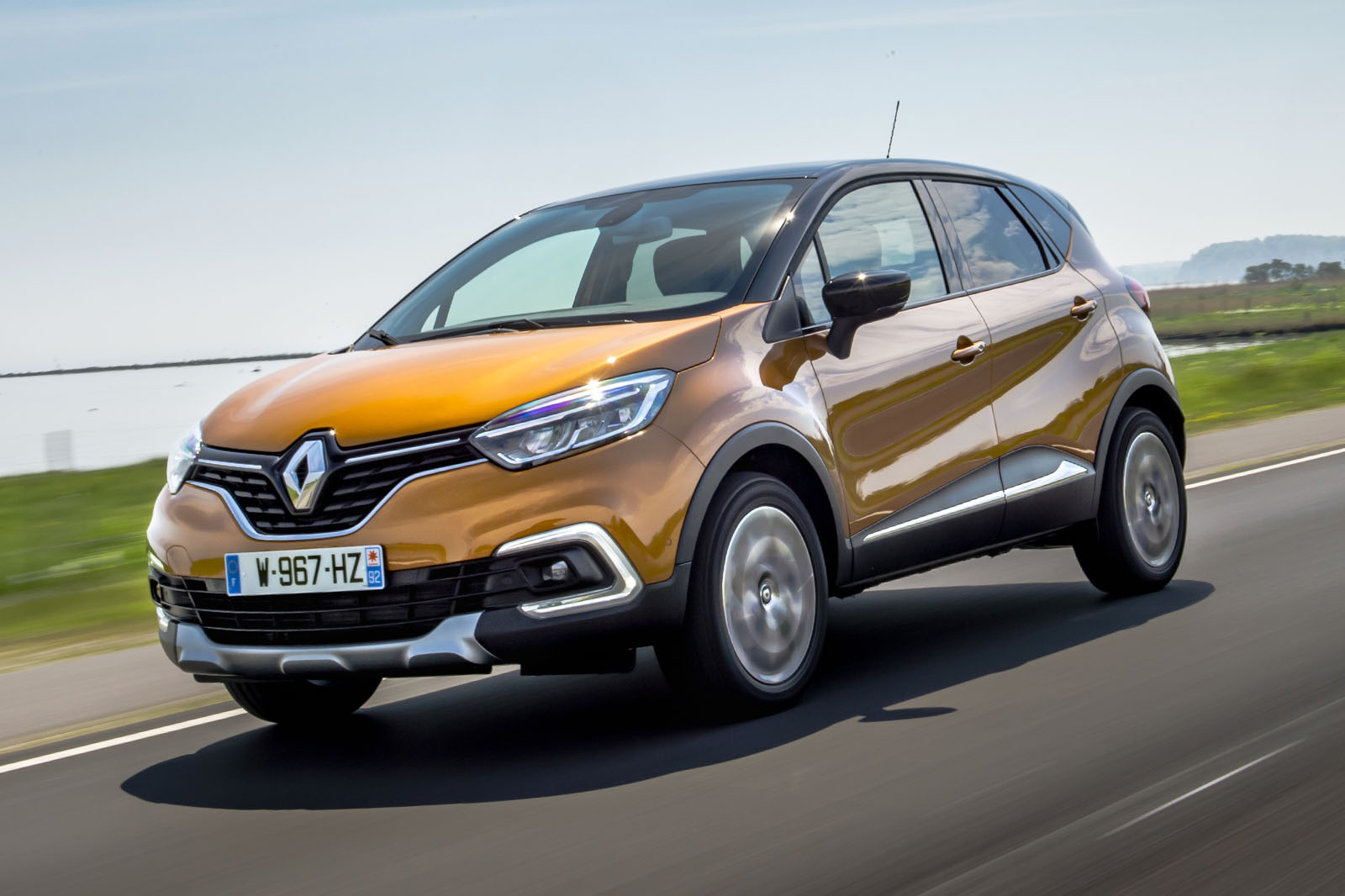

There are no complicated multi-link suspension arms intruding into the bodyshell, but the rear end’s semi-rigid axle is a bit choppy over bumpy surfaces and ultimately sets the limit of the car’s dynamic ability. There’s clearly been a design brief to maximise interior space, so the suspension arms are short and tucked neatly under the body. The seven-speed dual-clutch transmission drives the front wheels and does a decent job, though the car’s simple suspension setup is a bit of a limiting factor. Hard acceleration will see the tyres break traction and the traction control cut in to keep the car pointed where you want it to go. Its outright response is actually only hampered by the Continental EcoContact tyres, which are not formulated for sports car levels of grip. While the 0 to 100km/h sprint time of 9.6 seconds doesn’t sound like much, the car is very responsive at speeds of 70km/h and under, which makes it a very good vehicle for darting between gaps in crowded urban traffic. The instantaneous torque of the turbo engine can readily be felt. The electrically assisted steering switches gear to become a lot more direct, the accelerator response becomes a lot punchier, and the car is quite capable of darting around like a go-kart. Besides the engine response, you can also set the steering response to be sharper or more laidback, and while the Eco mode claims to improve fuel economy by up to 10 percent, the Sport mode almost turns the car into a Mini Cooper in the way it drives. The Privilege variant of the car driven here allows for three user selectable driving modes that are also individually configurable. Renault’s RS Megane is possibly the best-driving hot hatch in the world right now, and some of its dynamic genes seem to have carried over into the Captur.

While the big question on most mainstream buyer’s lips these days is, “Is it a hybrid?” (Answer: No, it isn’t), don’t write off the car just yet if you like the idea of a fun-driving car that is also very usable as a family vehicle. In this crowded segment there’s a lot a product needs to do to be able to stand out, and the Spanish-built, French-branded Captur’s punchy, yet economical engine is a good place to start. However, after plenty of experience in cars across various broad categories, we find that there’s more than just a matter of Category A and B COEs that define how a car should be classed.

It’s just one horsepower shy of breaking into the Category B COE band, so the claim is actually quite on point. The aptly named Renault Captur claims to be the most powerful car in its class, which in this case means petrol-engined vehicles in the Category A COE band. SINGAPORE - Along comes another new product that is aiming to capture a piece of the crossover SUV pie in Singapore for itself. The Renault Captur crossover SUV boasts some big claims, but muscling into the mainstream Singaporean car buyer’s wishlist is a complicated affair


 0 kommentar(er)
0 kommentar(er)
